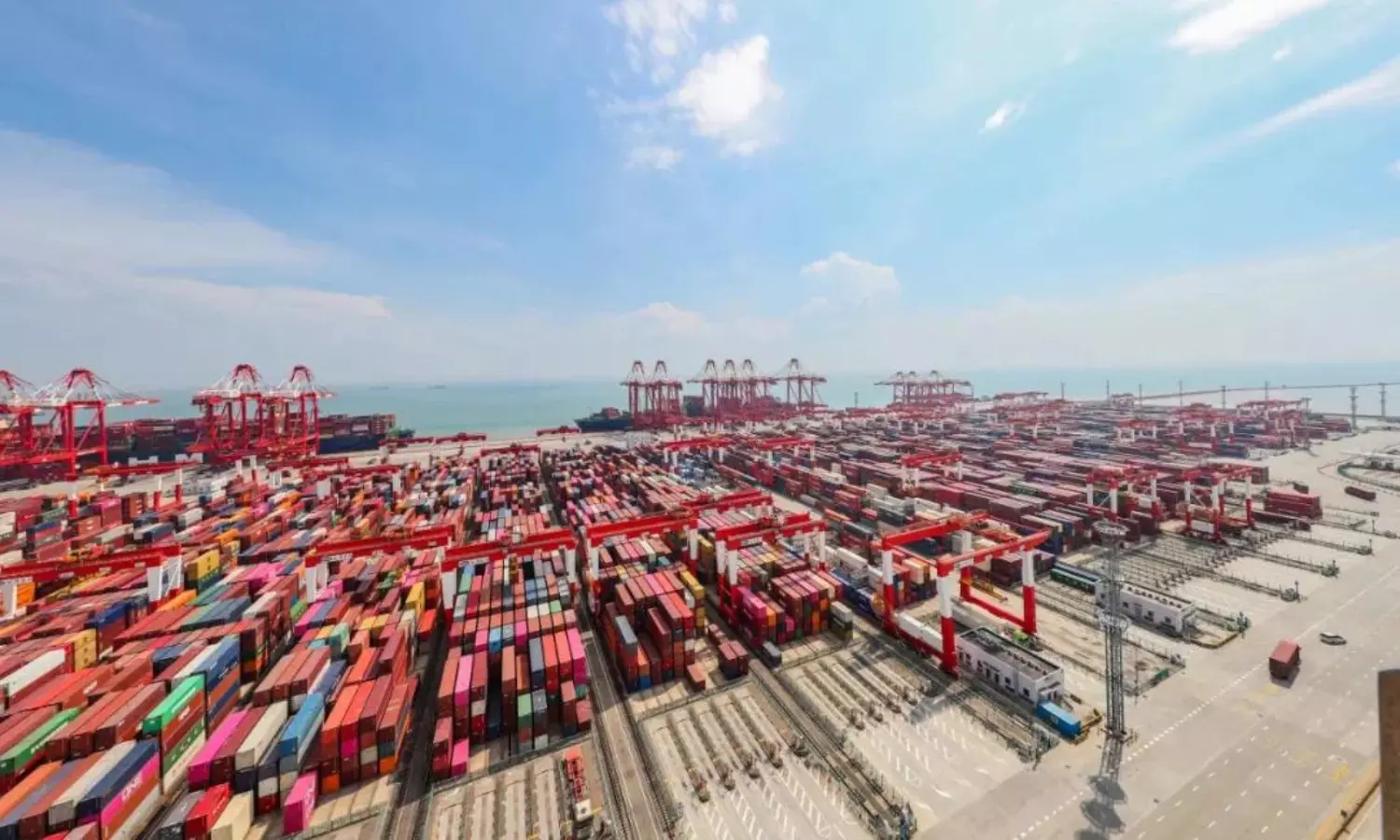SCFI, CCFI down sharply but way above pre-Covid levels: BIMCO
Expecting a certain degree of “normalisation” during 2023 with much less congestion and reduced vessel delays.

The Shanghai and China Containerized Freight Indices (SCFI and CCFI) have declined 50 percent and 19 percent, respectively, since the beginning of the year but remain significantly above 2019 levels due to the significant increases recorded between mid-2020 and early 2022.
"The CCFI, which reflects the average rates of all containers loaded in China, increased 326 percent during the same period and equally remains at unprecedented levels despite recording a subsequent 19 percent loss," according to the Q3 outlook on container shipping from BIMCO. "While container rates have disappointed in 2022, they certainly are not disappointing."
Time charter rates and second-hand prices have also reduced but remain high, says Niels Rasmussen, Chief Shipping Analyst, BIMCO in the update. "Five-year-old ships are, on average, 34.7 percent more expensive than new buildings. The fleet is expected to grow by 2.9 percent in 2022 and by 8 percent in 2023. We forecast that head-haul and regional volumes will fall by 1-2 percent in 2022 and grow by 3-4 percent in 2023 but many risks exist."
The effects of global economic headwinds are also becoming clearer in the container market, adds Rasmussen. "The customary Q3 peak season in the all-important head-haul and regional trades looks to be almost non-existent in 2022, and it appears that demand is being affected by several factors. Several reports detail how many low-income families worldwide are struggling to pay their rent and electricity and heating bills. In addition, many appear to be taking on more debt to cope with rising prices with credit card debt in the U.S. growing at its fastest rate in 20 years during the last 12 months. Spending on services continues to account for an increased share of total spending. Finally,
it appears that an inventory correction may be taking place among some retailers with Walmart and Target in the U.S. reporting that they are overstocked compared to current sales."
Supply continues to be robust
Even though contracting has slowed down from an average of 358,000 TEU/month in 2021 to 248,000/month in the first seven months of 2022, the order book has increased by 1.2 million TEU since the beginning of the year and now stands at 7 million TEU, equivalent to 27.6 percent of the trading fleet, says the update."The resulting deliveries will greatly impact the fortunes of the container market over the next few years as about 5 million TEU will be delivered during 2023-3024."
No container vessel has been demolished so far this year "but we do expect demolition activity to resume during the rest of the year and to take place in 2023. We expect it to be in the 200,000-300,000 TEU/year range."
2023 to be normal year
BIMCO is expecting a certain degree of "normalisation" during 2023 with much less congestion and reduced vessel delays. "While we predict a reduction in freight levels, we do not think that these will revert to the very low pre-Covid levels."


